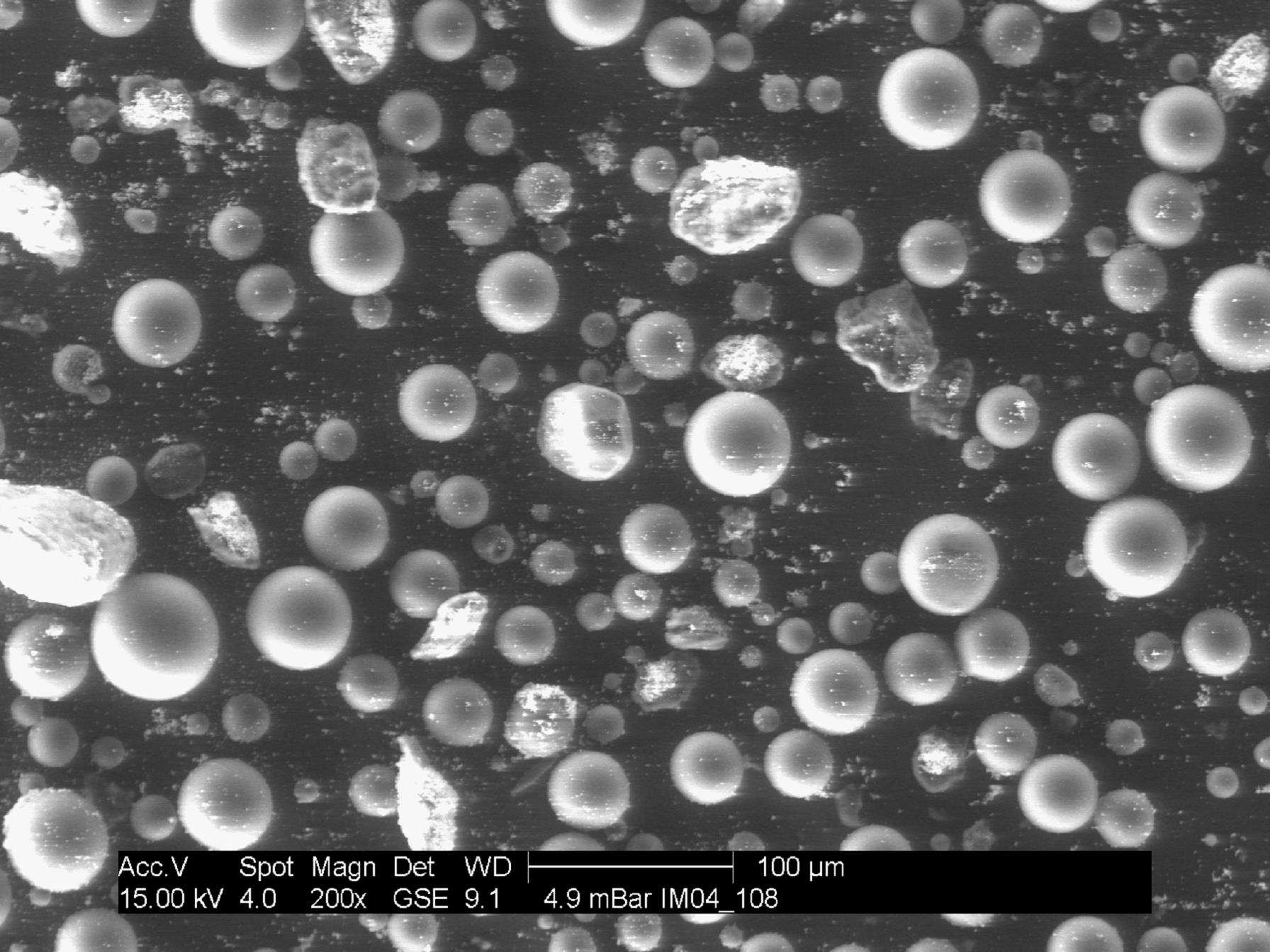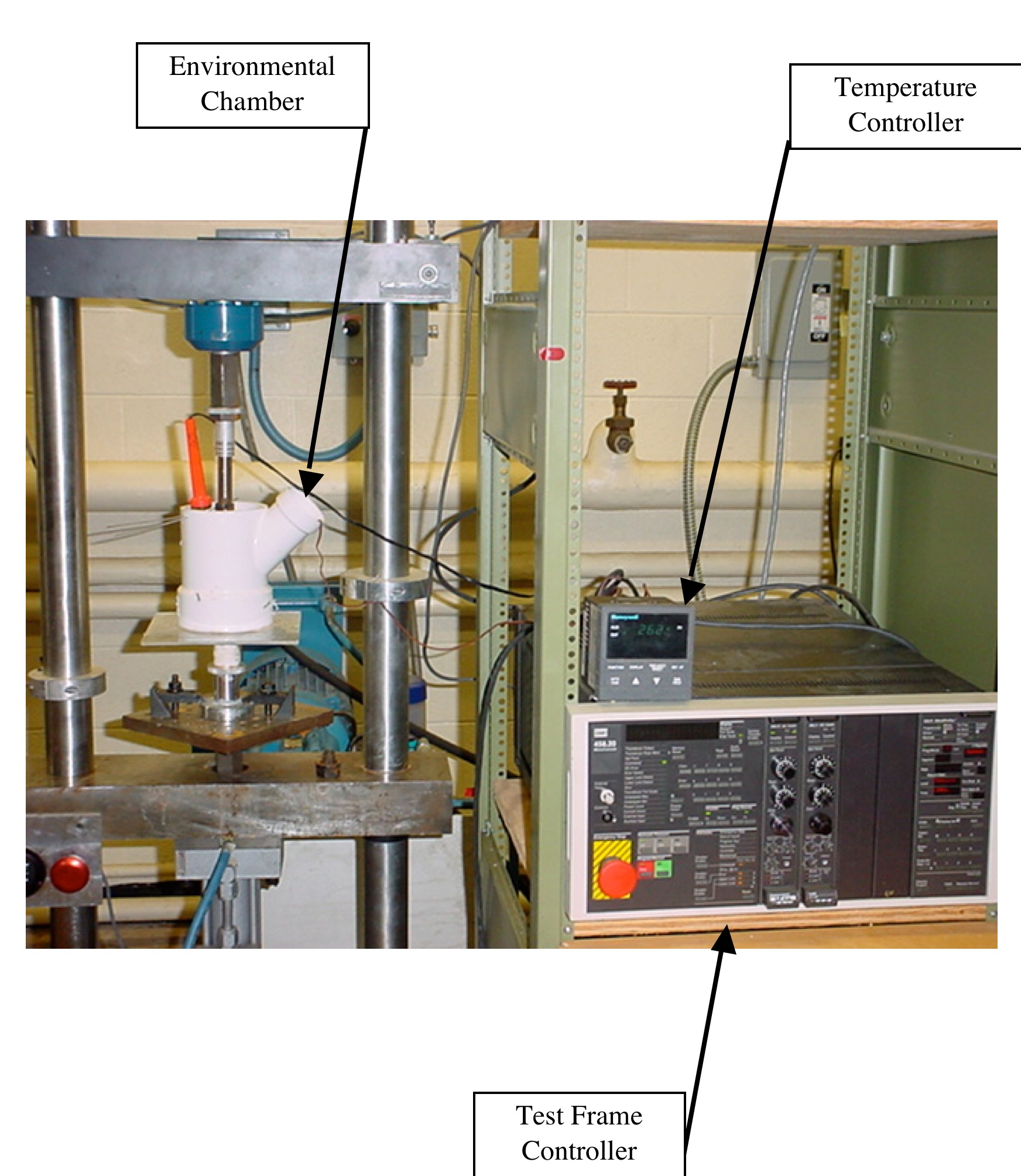Mechanical Engineering
Analyses of Experimental Datasets of Properties of Poly (Methyl Methacrylate Bone Cement (Gladius Lewis)
Poly (methyl methacrylate) (PMMA) bone cement (FIGURE 1) is widely used in orthopaedic surgery for applications such as fixation of total joint replacements (TJRs), augmentation of fractured vertebral bodies, and drug delivery. Thus, there is vast amount of literature on the influence of many variables (such as cement composition and method of mixing) on a large collection of properties of PMMA bone cements for use in cemented TJRs. However, very few of these literature reports include analysis of the test results obtained. The purpose of this project was to perform such analyses, with respect to results previously obtained in our laboratory for fatigue life (FIGURE 2) and fatigue crack propagation rate as well as for those given in the literature for creep, longitudinal elastic modulus, and viscosity of PMMA bone cements. The findings may be used, for example, in the synthesis of a new generation of these cements.

FIGURE 1. Morphology of the powder of a PMMA bone cement, obtained using a scanning electron microscope.

FIGURE 2. Photograph of the test set-up in our laboratory for determining fatigue life of PMMA bone cement specimens.
MS Student: Tian Lan
